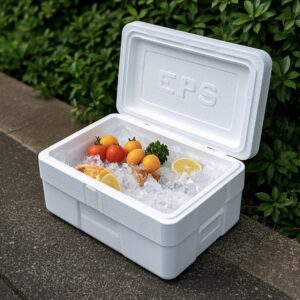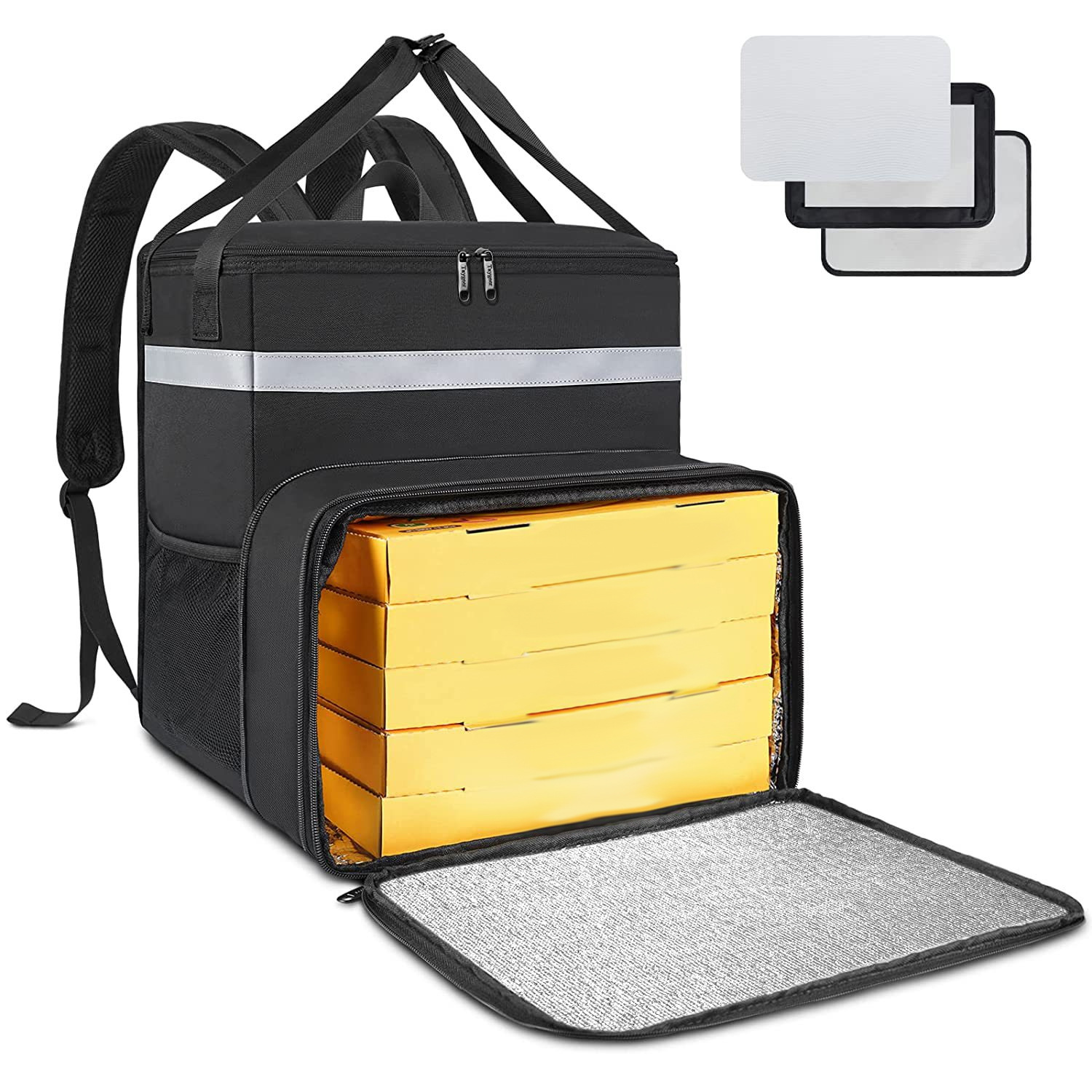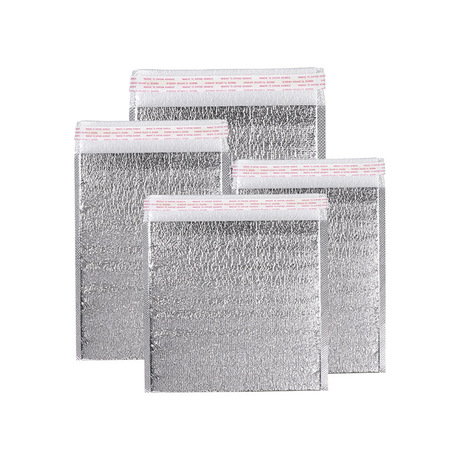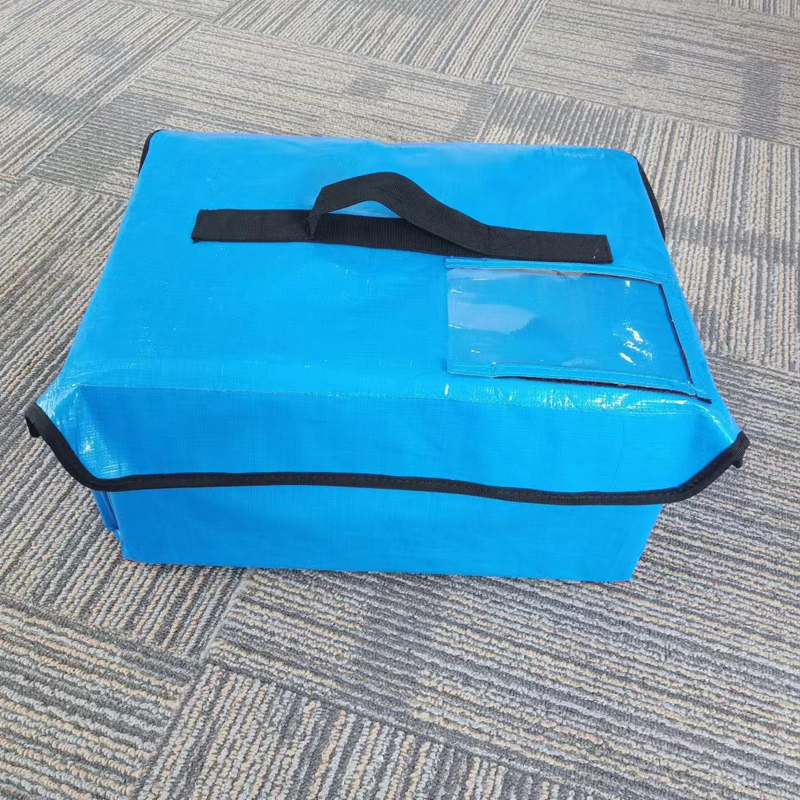The transportation method of fruits mainly depends on the type, maturity, distance to destination, and budget of the fruits. The following are some common fruit transportation methods:
1. Kaltkette Transport: This is the most common method of fruit transportation, especially for perishable and fresh-keeping fruits such as strawberries, cherries, and mangoes. Cold chain transportation can ensure that fruits are always kept in a suitable low-temperature environment from picking to sales, thereby extending their shelf life and maintaining freshness.
2. Dry transportation: For some fruits that do not require refrigeration, such as bananas, citrus fruits, and persimmons, dry transportation at room temperature can be used. This method has a lower cost, but it needs to ensure good ventilation during transportation to prevent fruit from becoming moldy due to moisture.

3. Express delivery: For long-distance or international transportation, express delivery services may be required. This usually involves air or rapid land transportation, which can deliver fruits to their destination in the shortest possible time, reducing transit time and thus reducing the risk of decay.
4. Container transportation: For long-distance transportation of large quantities of fruits, such as from one country to another, container shipping can be used. The temperature and humidity in the container can be adjusted according to the specific needs of the fruits.
5. Specialized vehicle transportation: Some fruits such as watermelons and apples may require the use of specialized vehicles for transportation, which can provide protection and appropriate temperature control.
When choosing a transportation method, it is necessary to comprehensively consider the quality requirements of fruits, Transportkosten, and specific requirements of the destination. For perishable or high-value fruits, cold chain transportation is usually the best choice.

Transportation methods for meat products
1. Kaltkette Transport:
Kühltransport: geeignet für frisches Fleisch, wie frisches Rindfleisch, Schweinefleisch, oder Hühnchen. Fleisch muss innerhalb des Temperaturbereichs von erhalten werden 0 ° C bis 4 ° C während des gesamten Transports, um Bakterienwachstum zu verhindern und Frische aufrechtzuerhalten.
Gefrorener Transport: Geeignet für Fleisch, die langfristige Lagerung oder Ferntransport erfordern, wie gefrorenes Rindfleisch, Schweinefleisch, oder Fisch. Normalerweise, Fleisch muss mit Temperaturen transportiert und gelagert werden 18 ° C oder niedriger, um die Lebensmittelsicherheit zu gewährleisten und Verderb zu vermeiden.
2. Vakuumverpackung:
Vakuumverpackungen können die Haltbarkeit von Fleischprodukten erheblich verlängern, Reduzieren Sie den Kontakt zwischen Sauerstoff in Luft und Fleisch, und verringern die Wahrscheinlichkeit eines Bakterienwachstums. Vakuum verpacktes Fleisch wird häufig mit dem Transport der kalten Kette kombiniert, um die Lebensmittelsicherheit während des Transports weiter zu gewährleisten.

3. Spezielle Transportfahrzeuge:
Verwenden Sie speziell entwickelte Kühl- oder Tiefkühlwagen für den Fleischtransport. Diese Fahrzeuge sind mit Temperaturkontrollsystemen ausgestattet, um sicherzustellen, dass das Fleisch während des Transports bei einer angemessenen Temperatur gehalten wird.
4. Entsprechen den Hygienestandards und Vorschriften:
Während des Transports, Es ist notwendig, die relevanten Standards und Vorschriften für Lebensmittelsicherheit einzuhalten, um sicherzustellen, dass Fleischprodukte immer in gutem Hygiene -Zustand sind. Transportfahrzeuge und -behälter sollten regelmäßig gereinigt und desinfiziert werden.
5. Schneller Transport:
Minimieren Sie die Transportzeit so weit wie möglich, Besonders für frische Fleischprodukte. Schneller Transport kann den zeitlichen Fleisch nicht idealen Temperaturen ausgesetzt sein, Dadurch werden die Risiken der Lebensmittelsicherheit verringert.
Gesamt, Der Schlüssel zum Fleischtransport besteht darin, eine Umgebung mit niedriger Temperatur aufrechtzuerhalten, die Vorschriften zur Lebensmittelsicherheit entsprechen, und verwenden Sie Verpackungsmaterial und Technologie vernünftigerweise, um die Frische und Sicherheit von Fleisch zu gewährleisten.























